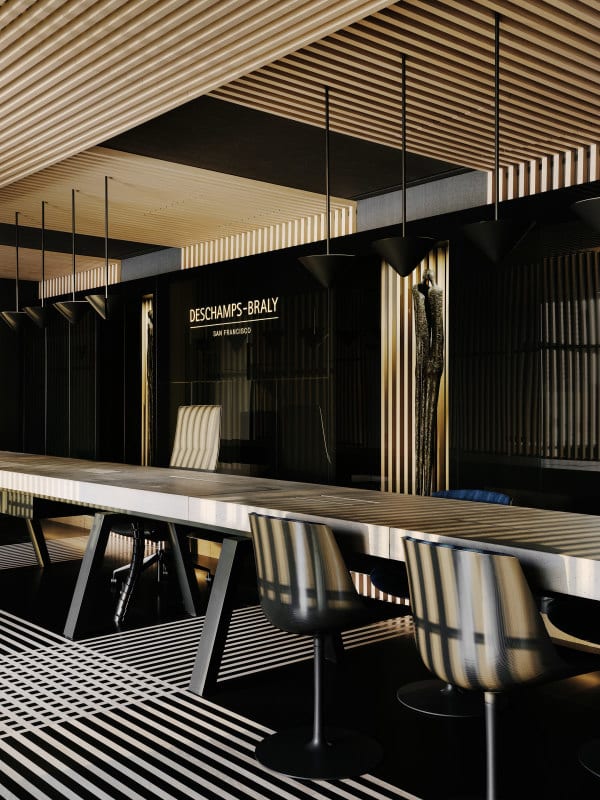Corrective Jaw Surgery
The term jaw surgery refers to a range of orthognathic surgical procedures including the most common jaw surgeries: lower jaw surgery, double jaw surgery, and bite correction. Revision corrective jaw surgery is any type of orthognathic surgery that is used to correct a previous surgical procedure.
Why Is It Necessary to “Revise” or “Correct” a Previous Surgeon’s Jaw Surgery?
If jaw surgery is performed by an inexperienced or unskilled surgeon the patient may experience an unsatisfactory result. Or the surgeon may be experienced and qualified but the healing process left unexpected or unwanted results. Sometimes the reason for a poor outcome may be purely mechanical; in that, the jaw doesn’t function as it should, and the alignment of the jaw needs correcting to ensure the patient can eat, breathe, and speak properly. Revision surgery may also be needed in cases of skeletal “relapse”. In other cases it may be related to changes in the orthodontic situation and a repeat visit with an orthodontist may be warranted.
But more typically, the patient is unsatisfied because they do not like the aesthetic look or appearance of their “new” jaw. It may be too masculine, or too feminine, or just not complementing the rest of their face in some way. The most common reason for a poor aesthetic outcome is that while the previous surgeon may have had the technical skills to perform the jaw surgery, he may have been lacking the aesthetic appreciation or “artistic eye” for how the new jaw would appear with the patient’s other facial features.
The Aesthetic Talent and Detailed Artistry of the Perfect Jaw

The jaw is a critical part of overall facial appearance. It frames the lower half of the face and as such, all types of jaw surgery need to take other facial features into consideration. Your jaw surgeon should ideally also have plastic surgery experience so that they understand the subtle nuances of what constitutes a pleasing physical appearance — not just a jaw that functions well — but also is in aesthetic harmony with the lips, nose, and cheekbones. All too often, inexperienced jaw surgeons are focused on the “mechanics” and function of the jaw, rather than possessing an “artistic eye” to determine the appearance of the jaw as it works with the rest of the face. The appearance of the jaw is a critical part of how the face is ‘framed’, and this more holistic view needs to be taken into consideration when undertaking any type of orthognathic surgery.
Specific Problems That Necessitate the Need for a Revision or Corrective Surgery.
Common negative outcomes may include:
- Misaligned, lopsided, or “open” bite
- Lopsided chin
- Breathing or chewing difficulties
- Impeded jaw function
- Teeth misalignment
- Speech problems
- Jaw too wide or too ‘masculine’ in appearance
- Jaw too narrow, streamlined, or ‘feminine’ in appearance
How Is a Revision Jaw Surgery Procedure Performed? Is It Different From Standard Jaw Surgery Surgery?
Depending on your current circumstances how your jaw revision surgery is performed will be unique to your situation. Often revision surgeries of any type involve a longer initial consultation so that Dr. Deschamps-Braly can fully understand the previous surgical procedure and also your current condition.
Why Should Your Jaw Revision Surgeon Be “Us Board Certified”?
To ensure your long-term peace of mind, when choosing a surgeon for your jaw revision surgery, it pays to make sure that your surgeon is fully-qualified and US Board Certified. Ideally, your surgeon must also possess long-term orthognathic and plastic surgery experience so that they have an indepth understanding of not only jaw surgery but plastic surgery and the entire craniofacial skeleton.



